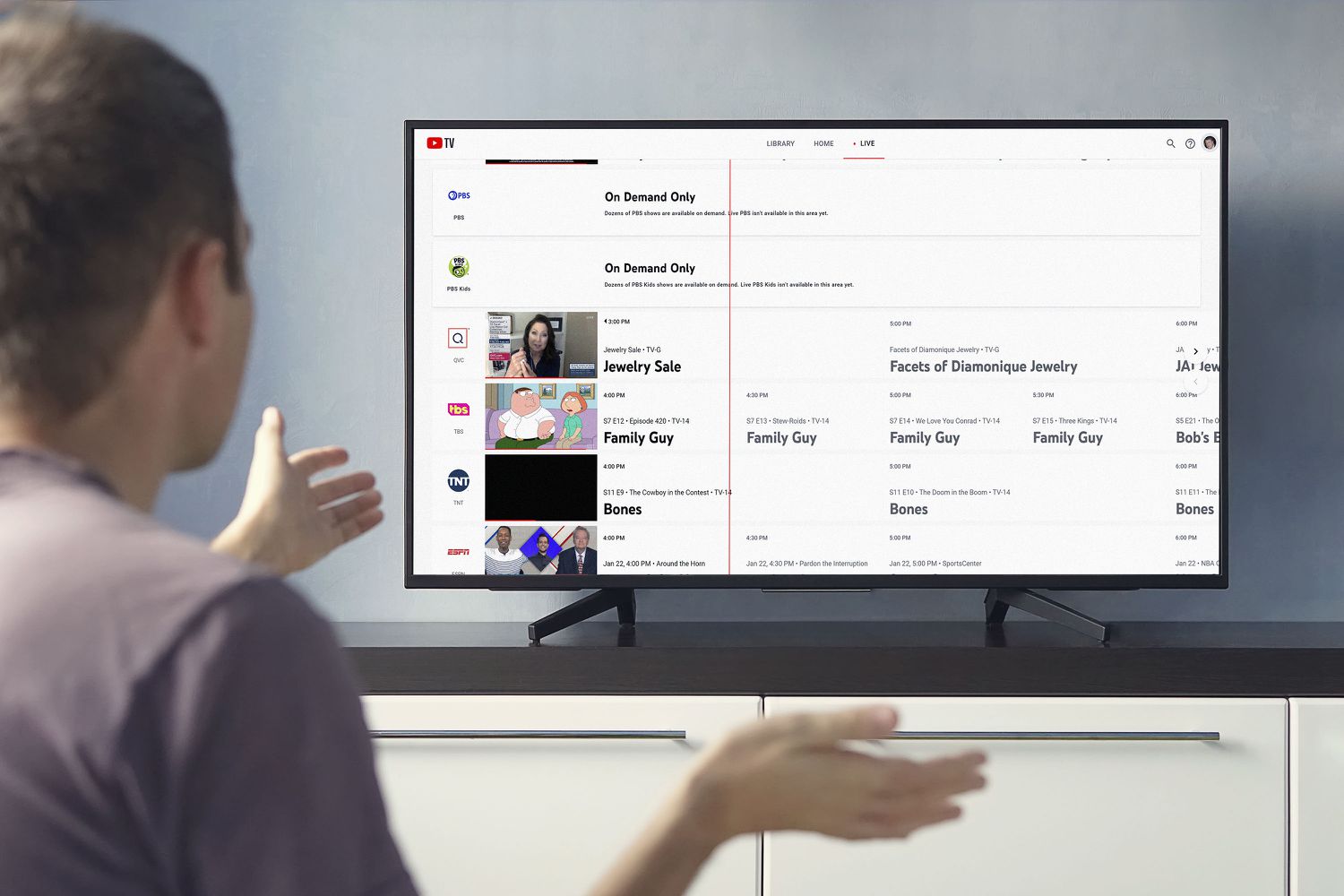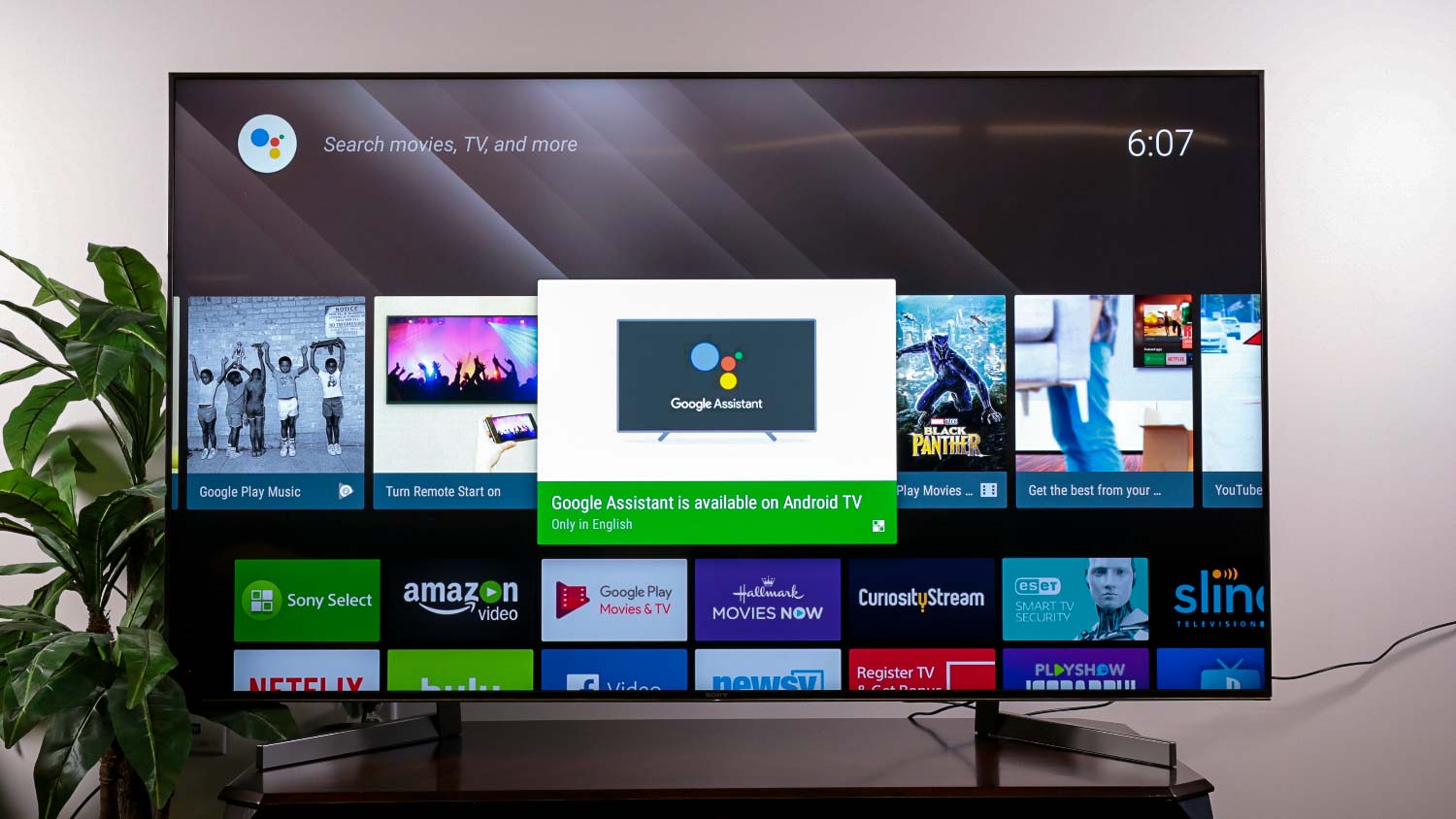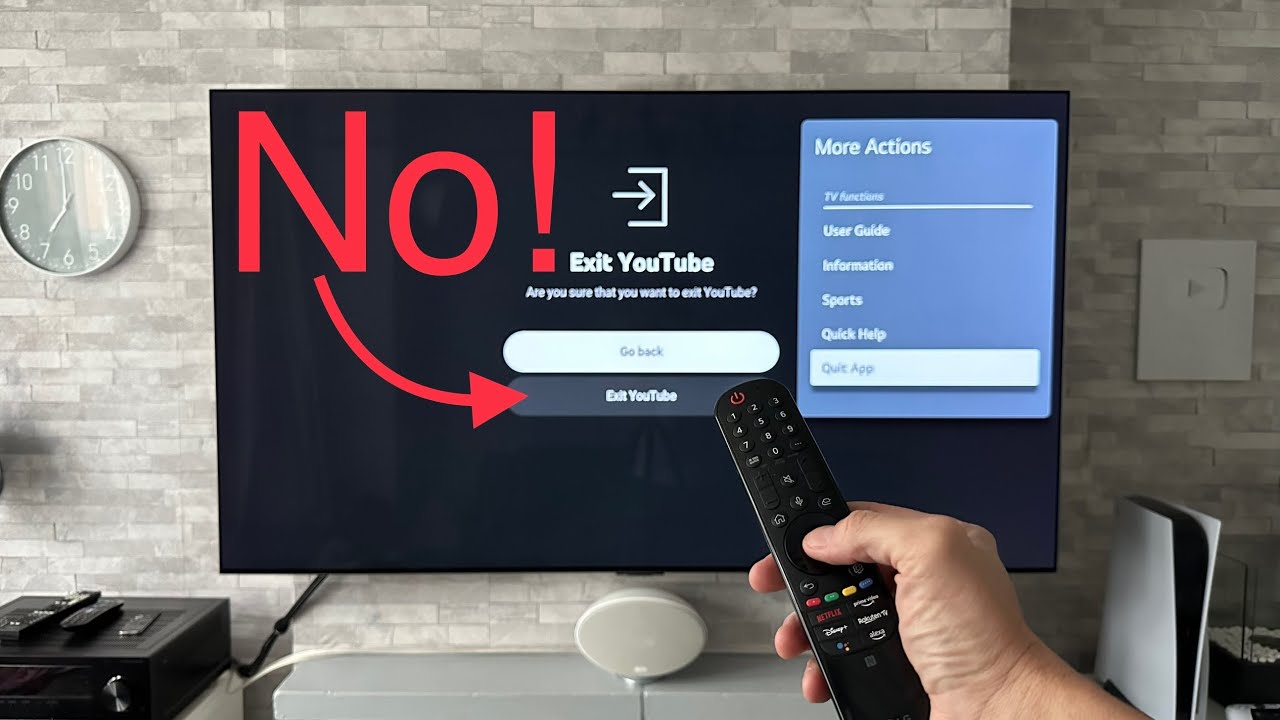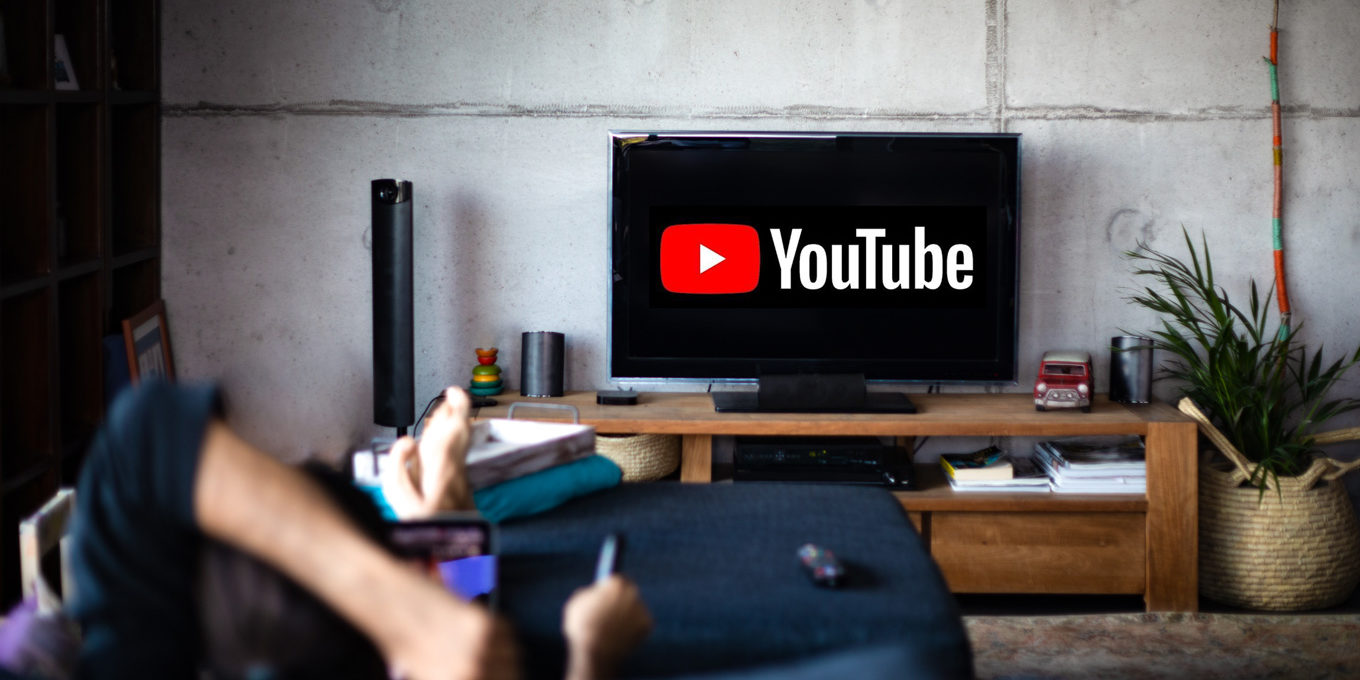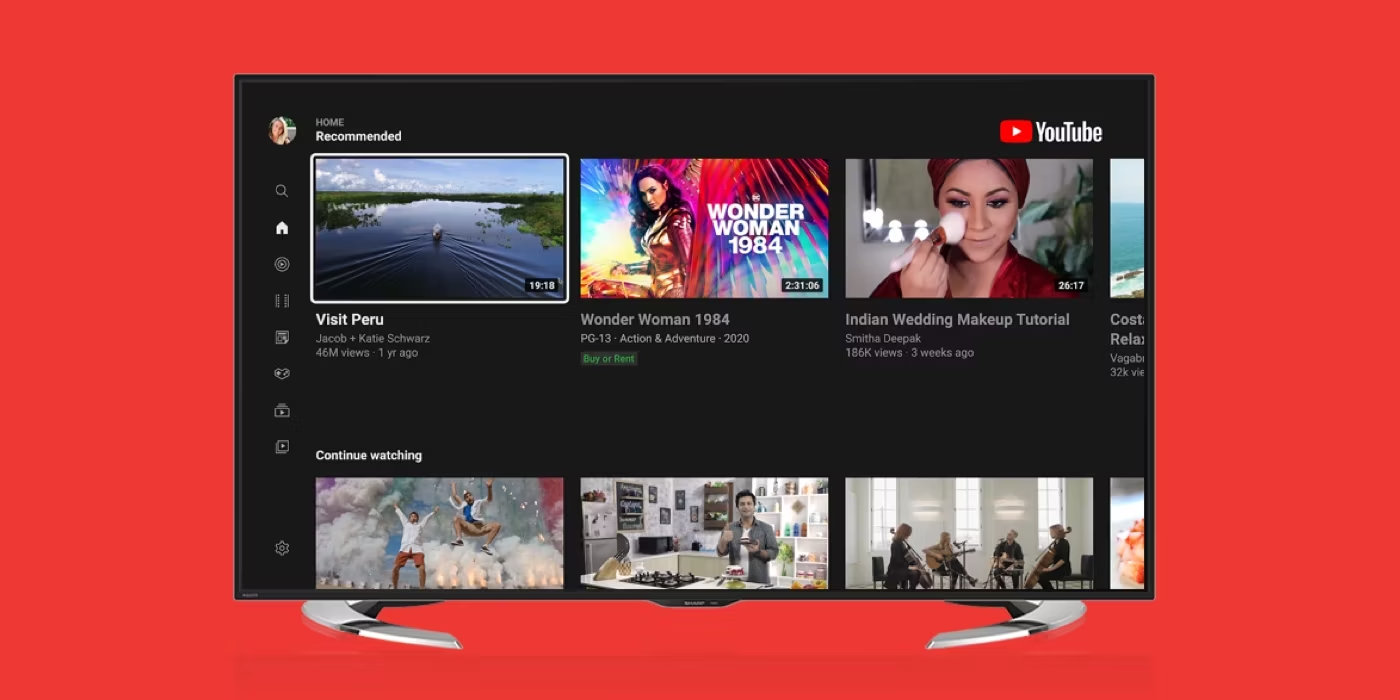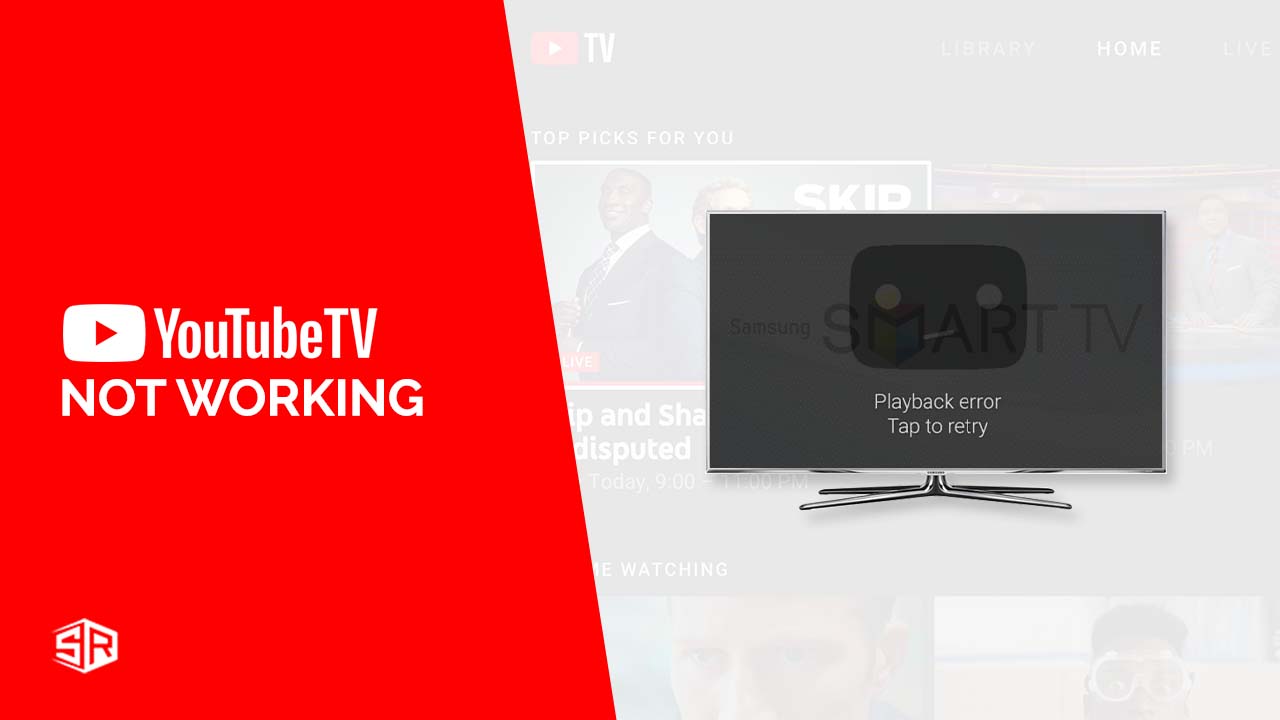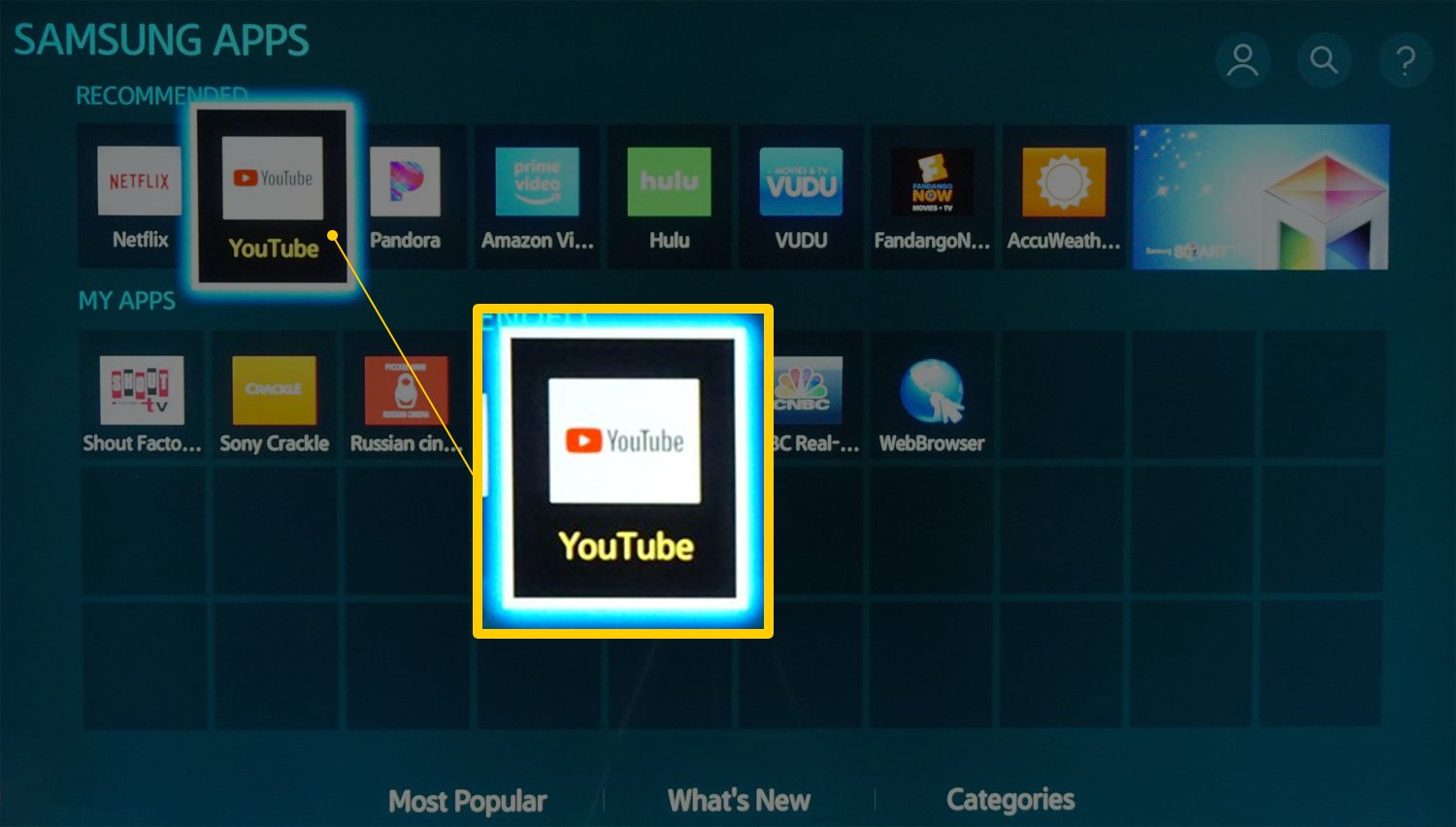Introduction
Imagine settling down in front of your Smart TV, ready to enjoy your favorite videos on YouTube. But to your disappointment, the app is not working as it should. You may experience slow loading times, constant buffering, or even errors when trying to play videos. Frustrating, right? Well, don’t worry! You’re not alone in this. Many Smart TV users encounter similar issues with their YouTube app. The good news is that there is a simple solution to these problems – resetting YouTube on your Smart TV.
Resetting YouTube on your Smart TV can help resolve various issues, such as frozen screens, playback errors, or even an unresponsive app. It refreshes the app settings and can provide a clean slate for a seamless user experience. However, before diving into the steps to reset YouTube on your Smart TV, it’s essential to understand the common issues that may arise when the app is not working properly.
One of the most common issues is a slow or unresponsive YouTube app. This can be incredibly frustrating, as you may experience extensive buffering times, making it almost impossible to enjoy any videos. Additionally, playback errors, where videos freeze or fail to load entirely, are another prevalent problem. These issues can occur due to various factors, such as an outdated app version, a faulty internet connection, or even a bug in the Smart TV firmware.
Now that we have a clear understanding of the problems that can occur with the YouTube app on a Smart TV, let’s move on to the step-by-step guide on resetting YouTube to resolve these issues. By following these simple instructions, you can get your YouTube app back in working order and enjoy a seamless streaming experience on your Smart TV.
Understanding the Need to Reset YouTube on a Smart TV
Before we delve into the process of resetting YouTube on your Smart TV, it’s essential to understand why such a step may be necessary. As mentioned earlier, the YouTube app on your Smart TV may encounter various issues that can disrupt your viewing experience. Whether it’s slow loading, playback errors, or an unresponsive app, these issues can be frustrating and hinder your enjoyment of online video content.
One of the reasons why resetting the YouTube app on your Smart TV can be beneficial is to clear the app’s cache. Over time, the cache can accumulate temporary files, stored data, and other information that may contribute to the app’s sluggish performance. By clearing the cache, you essentially give the app a fresh start, enabling it to load and function more efficiently.
Another reason for the need to reset YouTube on your Smart TV is to address compatibility issues. With frequent updates and new features being introduced, it’s possible that the current version of the YouTube app on your Smart TV may not be compatible with the latest changes. As a result, you may experience glitches, errors, or even crashes when trying to use the app. Resetting the app allows it to update and ensure compatibility with the latest changes, improving its overall performance.
Furthermore, resetting YouTube on your Smart TV can potentially resolve issues related to network connectivity. In some cases, the app may have trouble establishing a stable connection with the internet, leading to buffering problems or videos failing to load. By resetting the app, you give it an opportunity to re-establish a fresh connection, potentially resolving any network-related issues and ensuring a smoother streaming experience.
In summary, resetting YouTube on your Smart TV is necessary to address performance issues, compatibility problems, and network connectivity difficulties. By clearing the app’s cache, updating its version, and establishing a fresh connection, you can revive the YouTube app on your Smart TV and enjoy uninterrupted access to your favorite videos. Now that we understand the need to reset YouTube, let’s move on to the step-by-step guide on how to do it.
Common Issues When YouTube is Not Working Properly on a Smart TV
YouTube is a popular platform for streaming videos, and its integration into Smart TVs has made it even more convenient for users to enjoy their favorite content on the big screen. However, there are instances when the YouTube app on a Smart TV may not work as expected, causing frustration and inconvenience. Let’s explore some of the common issues that users may encounter.
One prevalent issue is slow loading times. You may find that it takes a long time for videos to start playing or for the app itself to load. This can be especially problematic when you’re eager to watch a particular video and are met with endless buffering. Slow loading times can be caused by a variety of factors, including a weak internet connection, an outdated app version, or a cluttered app cache.
Playback errors are also a common annoyance. These errors can manifest as videos freezing or failing to play altogether. Watching a video can become a frustrating experience if you constantly encounter playback errors. Similar to slow loading times, playback errors can be caused by a range of factors such as incompatible video formats, network connectivity issues, or software bugs within the app.
Another issue that users may face is an unresponsive YouTube app. This means that the app may not respond to commands or inputs from the remote control, making it impossible to navigate or play any videos. An unresponsive app can occur due to various reasons, such as conflicting app settings, insufficient system resources, or compatibility issues with the Smart TV’s firmware.
Furthermore, some users may experience issues with the app’s user interface. This can include missing features, a disorganized layout, or difficulty navigating through the available content. While these issues may be minor compared to slow loading or playback errors, they can still hinder the overall user experience and make it more cumbersome to find and watch videos.
In summary, common issues when YouTube is not working properly on a Smart TV include slow loading times, playback errors, an unresponsive app, and problems with the user interface. These issues can be frustrating and disrupt your viewing experience. Fortunately, by following the steps to reset YouTube on your Smart TV, you can address these issues and restore the app to its optimal functioning state.
Step-by-Step Guide on Resetting YouTube on a Smart TV
If you’re experiencing issues with the YouTube app on your Smart TV, resetting it can often resolve the problem and restore its functionality. Here, we provide a step-by-step guide on how to reset YouTube on your Smart TV.
1. Clearing the YouTube App Cache
Step one is to clear the cache of the YouTube app. This will remove temporary files and data that may be causing the app to slow down or malfunction. To clear the app cache, follow these steps:
- On your Smart TV remote, navigate to the Home or Menu button.
- Go to the Settings menu.
- Locate the Apps or Applications section.
- Find and select the YouTube app from the list of installed applications.
- Under the YouTube app settings, choose the option to Clear Cache.
- Confirm the cache clearance when prompted.
2. Reinstalling the YouTube App
If clearing the cache does not resolve the issue, the next step is to reinstall the YouTube app on your Smart TV. This will ensure that you have the latest version of the app and address any compatibility problems. Here’s how you can reinstall the YouTube app:
- Access the Settings menu on your Smart TV.
- Navigate to the Apps or Applications section.
- Find and select the YouTube app from the list of installed applications.
- Choose the option to Uninstall or Delete the app.
- Once the uninstallation is complete, go to the app store on your Smart TV, such as the Google Play Store or the LG Content Store.
- Search for the YouTube app and reinstall it.
- Launch the app and check if the issue has been resolved.
3. Updating the Smart TV Firmware
Outdated firmware can sometimes cause compatibility issues with the YouTube app. Therefore, it’s essential to keep your Smart TV’s firmware up to date. The process for updating the firmware may vary depending on the brand and model of your Smart TV. However, it usually involves the following steps:
- Access the Settings menu on your Smart TV.
- Navigate to the System or About section.
- Look for the option to Check for Updates or Software Update.
- If an update is available, follow the on-screen instructions to download and install it.
- Once the firmware update is complete, restart your Smart TV.
4. Resetting the Smart TV to Default Settings
If none of the previous steps resolve the issue, you can try resetting your Smart TV to its default settings. This will erase all personalized settings and revert the TV to its factory state. It’s important to note that this step should be taken as a last resort, as it will also delete any other customizations you have made. The process for resetting the TV may vary, but it generally involves the following steps:
- Access the Settings menu on your Smart TV.
- Navigate to the System or General section.
- Look for the option to Reset or Factory Reset.
- Follow the on-screen instructions to confirm the reset.
- Once the reset is complete, set up your Smart TV again and reinstall the YouTube app.
By following these step-by-step instructions, you can reset YouTube on your Smart TV and resolve any issues that may be affecting its performance. Remember to try each step in order and test the app after each action to see if the problem has been solved.
Clearing the YouTube App Cache
One of the first steps to take when troubleshooting issues with the YouTube app on your Smart TV is to clear its cache. The cache is a temporary storage location that stores data, such as images and videos, to help apps load faster. Over time, this cache can become corrupted or bloated, leading to performance issues with the YouTube app. Clearing the cache can resolve these issues and improve the app’s overall performance.
To clear the YouTube app cache on your Smart TV, follow these steps:
- Using your Smart TV remote, navigate to the Home or Menu button to access the main settings menu.
- Look for the Settings option and select it. The location of the settings menu may vary depending on your Smart TV’s manufacturer and model.
- Within the settings menu, find and select the Apps or Applications section. Depending on your Smart TV, it may be labeled differently.
- A list of installed applications will appear. Look for the YouTube app and select it. If it’s not visible, scroll through the list or search for it using the provided search function.
- Within the YouTube app settings, there should be an option to Clear Cache. Select this option to begin the cache clearing process.
- A confirmation prompt may appear, asking if you want to clear the app’s cache. Confirm your selection to proceed.
Once the cache clearing process is complete, you can exit the settings menu and relaunch the YouTube app. You may notice a slight delay in the app’s initial loading as it rebuilds the cache with fresh data. However, this should result in improved performance and smoother playback of videos.
Clearing the YouTube app cache is a simple yet effective troubleshooting step that can help resolve issues related to slow loading times, freezing videos, or other performance-related problems. If clearing the cache doesn’t completely fix the issue, you can proceed to the next steps in the troubleshooting process to ensure a seamless YouTube experience on your Smart TV.
Reinstalling the YouTube App
If clearing the cache did not resolve the issues with the YouTube app on your Smart TV, the next step is to reinstall the app. This will ensure that you have the latest version of the app and can eliminate any potential software conflicts or compatibility issues that may be causing the problems.
To reinstall the YouTube app on your Smart TV, follow these steps:
- Access the main settings menu on your Smart TV. This can typically be done by pressing the Home or Menu button on your remote control.
- Look for the Settings option and select it. The location of the settings menu may vary depending on your Smart TV’s manufacturer and model.
- Within the settings menu, navigate to the Apps or Applications section. The name may differ slightly depending on your Smart TV.
- A list of installed applications should appear. Locate the YouTube app from the list.
- Once you’ve selected the YouTube app, there should be an option to Uninstall or Delete the app. Choose this option to uninstall the app from your Smart TV.
- After the uninstallation process is complete, go to the app store on your Smart TV. This could be the Google Play Store, LG Content Store, or another app store specific to your TV brand.
- Search for the YouTube app in the app store and download it. Make sure to download the official app provided by Google.
- Once the installation is complete, launch the YouTube app and sign in with your Google account if prompted. You will now have the latest version of the YouTube app installed on your Smart TV.
By reinstalling the YouTube app, you ensure that any previous software glitches or compatibility issues are eliminated. This step provides a fresh start for the app on your Smart TV and can often resolve problems such as playback errors, freezing videos, or app crashes. After reinstalling the YouTube app, check if the issues you were experiencing have been resolved and enjoy uninterrupted access to your favorite videos.
Updating the Smart TV Firmware
Keeping your Smart TV’s firmware up to date is crucial for ensuring optimal performance, compatibility, and access to the latest features and improvements. Outdated firmware can sometimes cause issues with the YouTube app or other applications on your Smart TV. Therefore, if you are experiencing problems with the YouTube app, it’s important to check if a firmware update is available for your device.
To update the firmware on your Smart TV, follow these steps:
- Access the main settings menu on your Smart TV. This can usually be done by pressing the Home or Menu button on your remote control.
- Locate the settings option, which may be labeled as “Settings,” “System,” “Setup,” or something similar, depending on the brand and model of your Smart TV.
- Navigate to the section that deals with firmware or system updates. This section may be titled “Software Update,” “System Update,” or “Firmware Update.”
- Select the option to check for updates. Your Smart TV will then connect to the internet and search for the latest firmware available.
- If a firmware update is found, follow the on-screen instructions to download and install it. The update process may take a few minutes, depending on the size of the update and the speed of your internet connection.
- Once the update is complete, your Smart TV will restart, and the YouTube app should now be running on the latest firmware version.
Updating the firmware on your Smart TV can address compatibility issues, software bugs, and other problems that may be affecting the performance of the YouTube app. It is important to note that the process of updating the firmware can vary depending on the brand and model of your Smart TV. Therefore, it is recommended to consult the user manual or visit the manufacturer’s website for specific instructions on how to update the firmware correctly.
By ensuring that your Smart TV has the latest firmware installed, you maximize the chances of resolving any issues with the YouTube app and enjoy a smoother streaming experience without any interruptions or glitches.
Resetting the Smart TV to Default Settings
If you have tried the previous steps and are still experiencing issues with the YouTube app on your Smart TV, resetting the TV to its default settings can be a last resort option. This step will restore the TV to its factory state, erasing all personalized settings and configurations. It can be an effective solution for resolving persistent issues with the YouTube app or other software-related problems.
To reset your Smart TV to its default settings, follow these steps:
- Access the main settings menu on your Smart TV. This can usually be done by pressing the Home or Menu button on your remote control.
- Locate the settings option, which may be labeled as “Settings,” “System,” “Setup,” or something similar, depending on the brand and model of your Smart TV.
- Navigate to the section that deals with system settings or general settings. This section might be called “System,” “General,” or something similar.
- Within the system settings, look for the option to reset the TV or restore it to factory settings. The specific wording may differ depending on your Smart TV’s manufacturer.
- Depending on the TV model, you may be asked to enter a PIN or password to proceed with the reset. If prompted, enter the required information.
- Confirm your selection to reset the TV. Be aware that this action will erase all personalized settings, including Wi-Fi connections, app installations, and any customized configurations.
- Wait for the TV to complete the reset process. This may take a few moments, and the TV will automatically restart once the reset is finished.
After the TV has restarted and gone through the initial setup process, you can reinstall the YouTube app from the app store on your Smart TV. By resetting the TV to its default settings, any software issues or conflicts that were causing problems with the YouTube app should be resolved.
It’s important to note that resetting the TV to its default settings should be considered a last resort option, as it will erase all personalized settings and configurations. Therefore, it’s advisable to try other troubleshooting steps before resorting to a full reset.
Resetting your Smart TV to its default settings can provide a fresh start and eliminate any persistent problems with the YouTube app. By following the steps carefully, you can restore your Smart TV to optimal functioning and enjoy seamless access to YouTube videos once again.
Conclusion
In conclusion, if you’re facing issues with your YouTube app on your Smart TV, resetting it can often resolve the problem and restore its functionality. Clearing the app cache, reinstalling the app, updating the firmware, or resetting the TV to default settings are effective troubleshooting steps to address common issues.
By clearing the app cache, you remove temporary files and data that may hinder its performance. Reinstalling the app ensures you have the latest version and eliminates software conflicts. Updating the Smart TV firmware maximizes compatibility and resolves any bugs affecting the app. If all else fails, resetting the TV to default settings provides a clean slate for resolving persistent issues.
Remember to follow the step-by-step instructions carefully and in the specified order to ensure the best results. Additionally, make sure to check the user manual or the manufacturer’s website for specific instructions tailored to your Smart TV model.
By taking these troubleshooting measures, you can regain a smooth and enjoyable YouTube experience on your Smart TV. Whether it’s slow loading times, playback errors, an unresponsive app, or other performance-related problems, these steps offer a path to a seamless streaming experience.
If you’re still experiencing difficulties after attempting these solutions, it may be worth reaching out to customer support for further assistance. They can provide additional guidance based on your specific Smart TV model and the nature of the issues you’re facing.
Now that you have a comprehensive understanding of how to reset YouTube on your Smart TV, you can confidently troubleshoot and resolve any issues that may arise. Enjoy watching your favorite YouTube videos on the big screen without any interruptions or glitches!







